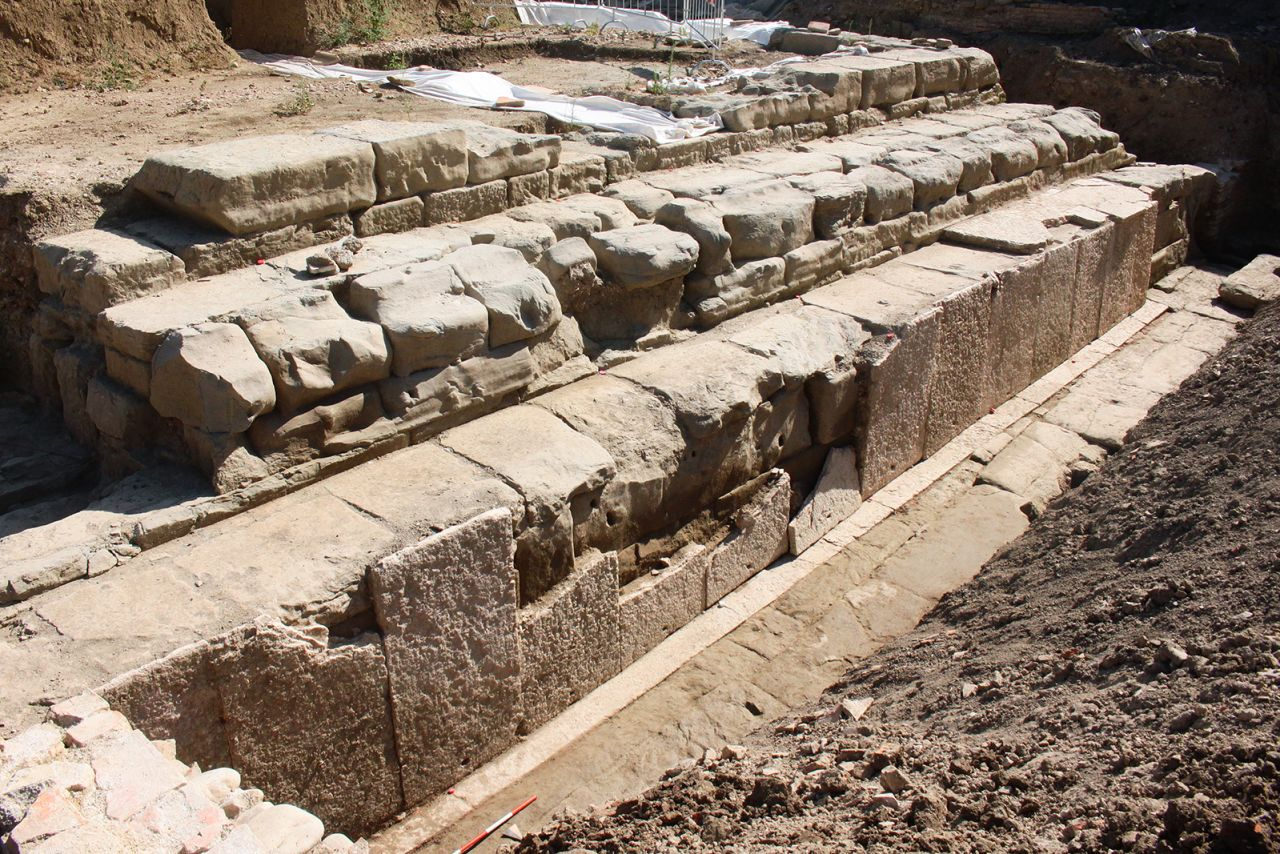Sarsina is a small, rural village of about 3,000 people located in Italy's Emilia Romagna region, straddling the virgin Apennine mountains and surrounded by breathtaking views and grazing sheep.
The discovery of significant temple ruins in the small town of Sarsini will improve our modern-day understanding of "how ancient Roman towns rose and fell across time," experts say.
There isn't much to do there today save hiking and bird watching, despite its storied past as a vital defense outpost for the Roman Empire and the birthplace of the renowned playwright Plautus.
Even while both locals and tourists agree that Sarsina's charm comes from its unhurried, rural way of life, the town's residents were eagerly anticipating the creation of a new grocery, fitness facility, and playground. But, at least not in the way that was initially intended, it was not to be.
That's because in December 2022, workers at the site on the outskirts of town discovered the remains of a first-century BC Roman temple known as a "capitolium."
A single massive edifice made of horizontal sandstone and marble slabs, measuring 577 square meters wide, which experts have recognized as the podium over which the columns and walls of an ancient temple were built, provided the first glimpse of the buried treasure in early July.
And what has emerged from the earth thus far might only be the tip of the iceberg.
The excavation site in Sarsini has yielded ruins on top of ruins, literally.
Lead archaeologist at the excavation site, Romina Pirraglia, told CNN that the team had found three distinct rooms that were probably devoted to the triad of gods Jupiter, Juno, and Minerva. “The excavations are still underway… and we have already identified an older, deeper layer of ruins dating back to the 4th century BC, when the Umbrian people (an ancient Italic tribe who predated the Romans) lived in the area. The entire temple could be even larger than what we now see.”
The finding of a capitolium, the major temple of a significant Roman city and a center for trade, religious activity, and social contact, according to Pirraglia, adds support to the strategic role Sarsina played throughout the Roman Empire. The settlement was constructed on the banks of the Savio River, a vital canal that connected central and northern Roman cities, in a significant mountainous region near to the Tuscan border.
Local officials have been compelled to change their building plans as a result of the temple's discovery. Federica Gonzato is ardent about wanting to conserve the ruins and further explore its illustrious past. She is the supervisor of archaeology, fine arts, and landscape for the provinces of Ravenna, Rimini, and Forl-Cesena, which includes Sarsina.
“We will not tear it down to make room for modern structures, this must be very clear. Previous urban plans will be changed, we will find new construction sites for recreation and sports,” Gonzato highlighted. “The temple is an incredible finding that sheds light on how ancient Roman towns rose and fell across time.”
The discovery of the temple has afforded archaeologists "the opportunity to realize what unique relics and monuments may lie below ground” in Sarsina, said Romina Pirraglia.
The discovery is exceptional because of the temple's outstanding level of preservation. Gonzato continued, “The marvelous quality of the stones have been spared from sacks, enemy invasions and plunders across millennia thanks to the remote location of Sarsina, a quiet spot distant from larger cities. Temples such as this one (were) regularly plundered, exploited as quarries with stones and marble slabs taken away to be re-used to build new homes. But Sarsina’s capitolium podium structure is practically untouched, with its entrance staircase well-preserved, and this is extremely rare.”
Gonzato thinks the discovery will further study of ancient urban development and population. The temple's platform is merely one part of the site, though. The building appears to have been used again in the Middle Ages, according to Pirraglia. Along with medieval burials and hearths, an old water drainage system was discovered, showing that the area was probably inhabited or used for other social functions.
“This is the beauty of Italy: wherever you dig, some hidden treasure comes out of the ground. Wonders never cease to amaze us,” Gonzato added.









